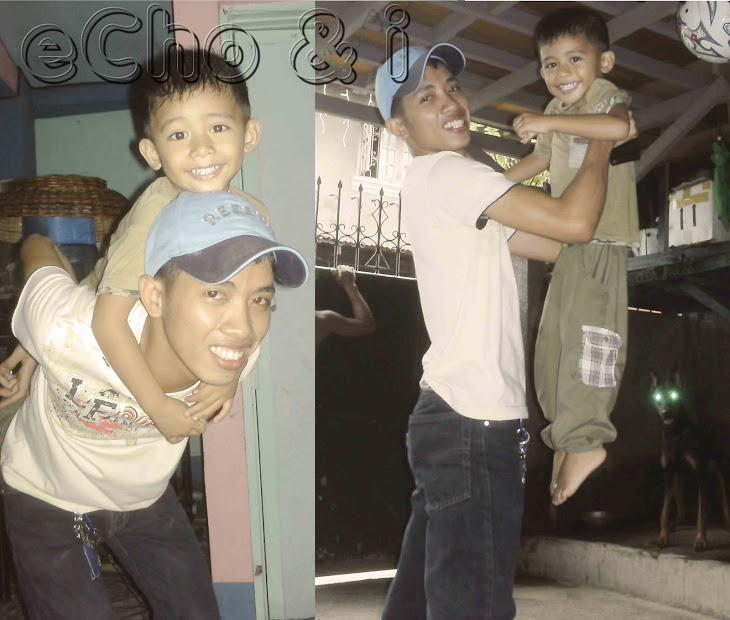
(for the Catholic)The Mass at Dawn, Simbang Gabi, is a nine-day novena to the Blessed Mother. It starts every December 16th and is one of the longest and most important religious celebrations in the Philippines that has lasted over 600 years.
The Simbang Gabi is a time when Catholic churches across the Philippines celebrate mass outdoors in order to accommodate the faithful. At times, when mass is not celebrated outside, the doors of churches are, nevertheless, left wide open to allow attendants to share in the atmosphere of the mass. Its origins began in Mexico, where the practice of holding mass outdoors began, first, in 1587, when the Pope gave permission to Diego de Soria, a Mexican friar, to hold mass outdoors because the churches could not accommodate the huge number of worshipers that came to celebrate Christmas.
The novena culminates, on the ninth day, with the Mass of the Gifts, or, Misa de Gallo, which celebrates the birth of Jesus. However, it was not until 1669, during the early years of Christianity, in the Philippines, that the Misa de Gallo became a Philippine spiritual tradition. During Advent, in preparation for the birth of Christ, missionary friars held pre-dawn masses for nine consecutive days, to usher in the event of Jesus’ birth. The masses were celebrated very early, usually at 4 in the morning, since they took place during the harvest season, when farmers had to be in the fields at the crack of dawn. The word gallo means rooster, in Spanish. At the first sound of dawn, at the crowing of the rooster, the entire family would get up and walk to the nearest parish church.
During this time, colorful lanterns are hung in every door, window, tree branch, and street corner. Bands play native carols all across town while families, couples, and individuals make their way to the nearest church. Shortly after the mass, people gather in their homes to celebrate Noche Buena and feast on local delicacies made of rice flour, coconut milk and other traditional deserts.


















































